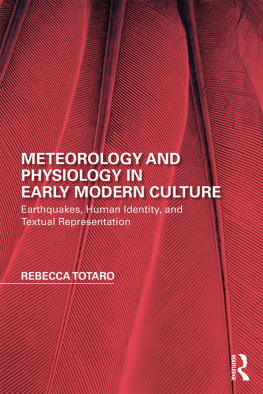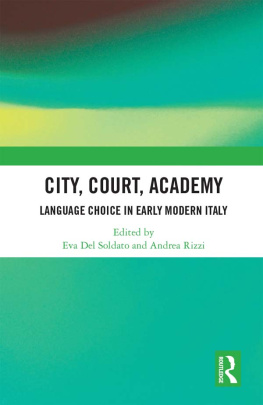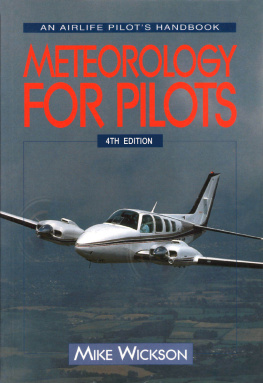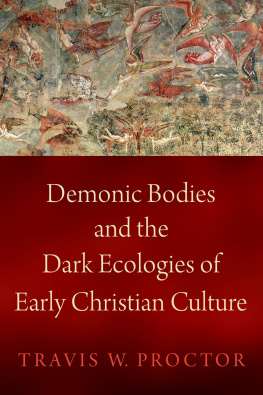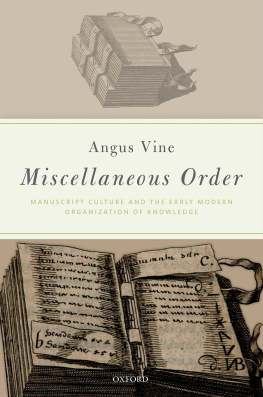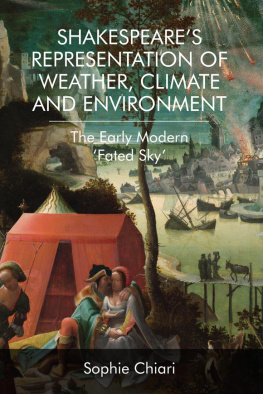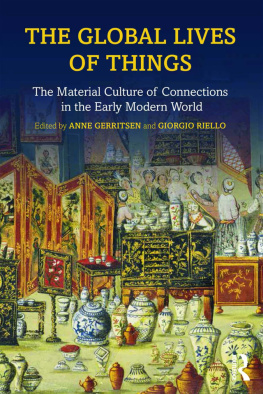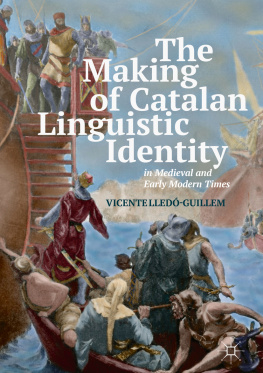First published 2018
by Routledge
711 Third Avenue, New York, NY 10017
and by Routledge
2 Park Square, Milton Park, Abingdon, Oxon OX14 4RN
Routledge is an imprint of the Taylor & Francis Group, an informa business
2018 Taylor & Francis
The right of Rebecca Totaro to be identified as author of this work has been asserted by her in accordance with sections 77 and 78 of the Copyright, Designs and Patents Act 1988.
All rights reserved. No part of this book may be reprinted or reproduced or utilised in any form or by any electronic, mechanical, or other means, now known or hereafter invented, including photocopying and recording, or in any information storage or retrieval system, without permission in writing from the publishers.
Trademark notice: Product or corporate names may be trademarks or registered trademarks, and are used only for identification and explanation without intent to infringe.
Library of Congress Cataloging-in-Publication Data
A catalog record for this book has been requested
ISBN: 978-1-138-09216-7 (hbk)
ISBN: 978-1-315-10762-2 (ebk)
Typeset in Sabon
by Apex CoVantage, LLC

Perspectives on the Non-Human in Literature and Culture
In recent years, many disciplines within the humanities have become increasingly concerned with non-human actors and entities. The environment, animals, machines, objects, weather, and other non-human beings and things have taken center stage to challenge assumptions about what we have traditionally called the human. Informed by theoretical approaches like posthumanism, the new materialisms (including Actor Network Theory, Object-Oriented Ontology, and similar approaches), ecocriticism, and critical animal studies, such scholarship has until now had no separate and identifiable collective home at an academic press. This series will provide that home, publishing work that shares a concern with the non-human in literary and cultural studies. The series invites single-authored books and essay collections that focus primarily on literary texts, but from an interdisciplinary, theoretically-informed perspective; it will include work that crosses geographical and period boundaries. Titles are characterized by dynamic interventions into established subjects and innovative studies on emerging topics.
Birds and Other Creatures in Renaissance Literature
Shakespeare, Descartes, and Animal Studies
Rebecca Ann Bach
Race Matters, Animal Matters
Fugitive Humanism in African America, 18381934
Lindgren Johnson
Plants in Contemporary Poetry
Ecocriticism and the Botanical Imagination
John Charles Ryan
Meteorology and Physiology in Early Modern Culture
Earthquakes, Human Identity, and Textual Representation
Rebecca Totaro
Contents
Guide
Thanks first to 20062007 Folger Institute Year-Long Colloquium members and director who helped me shape the first stages of this project in the year prior to and including my sabbatical from Florida Gulf Coast University. Additional review of versions of each chapter occurred at or in communications following content-related national and international conferences, including meetings of the Shakespeare Association of America, Renaissance Society of America, Sixteenth Century Society, World Shakespeare Congress, Modern Language Association, Spenser Society and John Donne Society. Florida Gulf Coast University staff, faculty, administration, and students also read drafts; contributed to content by way of scholarly and in-class discussion of related topics; and/or offered support for conference travel. Debts of gratitude are for special colleagues who engaged with me over months of scholarly writing exchange: Delphine Gras, Kimberly Jackson, Mary Crone-Romanovski, Masami Sugimori, Fiona Tolhurst, Tim Sutton, and Laci Mattison. And to graduate student readers Susan Rojas, Kelsey Fischell, Savannah Jensen, Morgan Souza, and undergraduates Clare Brinkman, Kelsey Luft, and Chandler Rae Tarquino. Support across the university also has come generously from librarian faculty Rebecca Donlan, Rachel Cooke, and Rachel Tate-Ripperden, and from deans Bob Gregerson, Aswani Volety, and Donna Henry. My warmest appreciation for targeted, generous content suggestions after a full reading of the manuscript is for Gail Kern Paster, Katherine Eggert, Susan Staub, and Mary Thomas Crane. Readers of content over time in conference paper and seminar form have also helped me improve the whole; special thanks here to Mary Trull, Mary Floyd-Wilson, Darryl Chalk, Amy Tigner, Karen Raber, Jennifer Munroe, Rebecca Laroche, Garrett Sullivan, Margaret Healy, Shanyn Altman, Tiffany Jo Werth, Lyman Tower Sargeant, and Richelle Munkhoff, as well as to the several anonymous external reviewers selected by Routledge and, again, to Karen Raber, editor of the Routledge Series Perspectives on the Non-Human in Literature and Culture , and editorial staff Jennifer Abbott, Alison Daltroy, Veronica Haggar, Autumn Spalding, Megan Hiatt, and (until recently with Routledge) Liz Levine. And with much love from Keith, Vicky and Michael, Mom and Dad, Marta, Sylvia, Chris and Starr, Chris and Phil, and (meow meow) Liam and Lucas. It takes a village (and thank goodness for that).
Permissions
Early portions of appears as Britomarts Meteorological Wound in Archiv fr das Studium der Neueren Sprachen und Literaturen 250 (2013): 4265. Permission has been attained for publication of whatever portion of these materials is here appearing in identical form to those already published essay versions.
A Note on Original Texts
Primary source spelling for all early modern texts has been retained, except in the following cases: regularization for letters, spellings, and punctuation marks that would render comprehension too difficult if left uncorrected, such as the choice to transpose for u/v, i/j, and s/f; omission of accent marks; when comprehension and/or clarity necessitated modernization; or when I am citing a work already modernized in the source consulted, as for the plays of Shakespeare. The other exception is in the case that a current translation retains original spellings including use of letters I would otherwise transpose, such as for Hamiltons Faerie Queene.
Meteorology and Physiology in Early Modern Culture
Meteorology and Physiology in Early Modern Culture: Earthquakes, Human Identity, and Textual Representation provides the first sustained examination of the foundational set of early modern beliefs linking meteorology and physiology. This was a relationship so intimate and, to us, poetic that we have spent centuries assuming early moderns were using figurative language when they represented the matter and motions of their bodies in meteorological terms and weather events in physiological ones. Early moderns believed they inhabited a geocentric universe in which the matter and motions constituting all sublunary things were the same and that therefore all things were compositionally and interactively related. What physically generated anger, erotic desire, and plague also generated thunder, the earthquake, and the comet. As a result, the interpretation of meteorological events, such as the 1580 earthquake in the Dover Strait, was consequential. With its radical and seemingly spontaneous shaking, an earthquake could expose inconvenient truths about the cause of matter and motion and about what, if anything, distinguishes humans from every other thing and from events.

